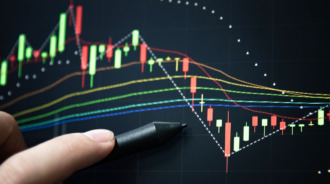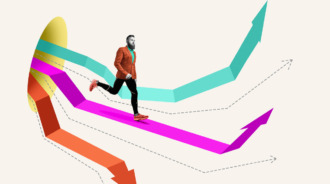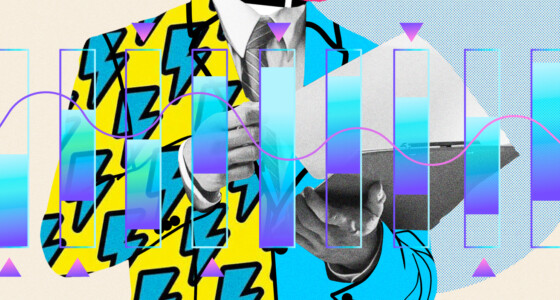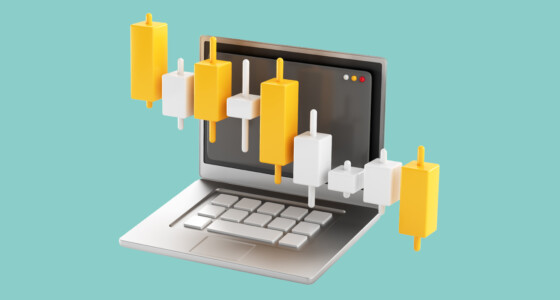

It wouldn’t be surprising if you have never heard of a tick chart. First, there are numerous chart types. Could you imagine that the world’s oldest stock exchange, the Amsterdam Stock Exchange, was founded in 1602? Since then, many chart types have been developed to provide comprehensive price analyses of different markets.
Second, the tick chart is rarely used. The reason is that it suits experienced traders who know how to analyze the price movements and use the provided information. It’s worth mentioning that the tick chart differs significantly from candlestick charts. Keep reading to learn the differences and find out how to take advantage of the information the tick chart provides.
Data-based charts
Most traders use time-based charts. For example, Japanese candlesticks or bars form on charts with certain time periods, such as 5- and 15-minute or 1 hour, day, or week. The final data on high, low, open, and close price appears at the end of a certain period. If market trading is available from Monday to Friday, it means that on a daily chart, each candlestick will have data on a certain day from Monday to Friday.
You can expect the same number of candles on the daily chart every week. When trading on a time-based chart, you receive important information about the price during a certain period, but you don’t get data on volume and trading activity.
There is another type of chart — data-based charts. When trading on them, you see the price action depending on data intervals. If you need to determine trading activity and volumes, you should use data-based charts, including tick and Renko. A bar appears as soon as the price-size requirement is fulfilled or if a certain number of trades are made.
Tick chart: the basics
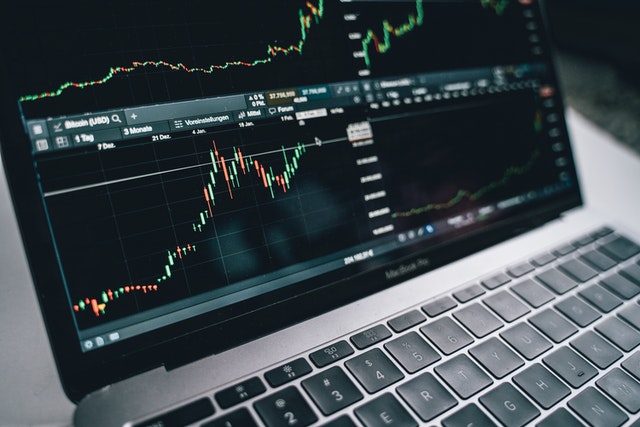
A tick chart reflects market activity. Although it looks the same as the candlestick chart, a bar is formed as soon as a certain number of transactions is reached. The number is determined by a trader based on their preferences or price analysis and can be customized in the chart settings.
For instance, if you want a bar to occur as soon as there are 200 transactions, it will appear only when 200 transactions happen. It may take several minutes to days, depending on the asset’s popularity and attractiveness to market participants. You can use Fibonacci numbers, where each number equals the sum of the two previous numbers, to define the number of transactions.
It’s worth saying that the order size doesn’t matter. Each transaction is counted only once.
How to use a tick chart
A tick chart can be used for analyzing any major financial asset, including stocks, currencies, commodities, and cryptocurrencies.
It’s widely used to define market volatility. You can compare how many ticks are formed for a certain period. For instance, compare the number of ticks at the beginning of a trading session within 30 minutes and in the middle of the day within the same interval. More bars will appear when the degree of volatility increases, more likely at the beginning of the trading session. Vice versa, the number of bars will reduce if there are fewer traders on the market. Keep in mind that you should compare bars with the same number of transactions.
Tick charts can provide a lot of important information when the degree of volatility is high. You can catch more price waves, smaller price movements, and consolidation periods.
For instance, if you use a 15-minute chart, there will be only one bar within 15 minutes. However, if you set a tick parameter of five transactions, there can be several ticks within the same time interval. You will see price swings and will be able to see how many investors are on the market currently. By considering price swings on a tick chart, you can enter the market sooner, open more trades, and find trend reversals faster than if you would trade on a time-based chart.
Moreover, tick charts can be more helpful in determining whether the asset is actively traded or if there are only a few traders (meaning they won’t be able to drive the market). Although the size of a candlestick’s body and shadows reflects the degree of market volatility, it’s not enough to measure the trader’s activity.
If you see that there are few ticks on the chart, it’s a sign that the level of activity is low or declining. You can use this information to close a position, as the market is more likely to fluctuate or change its direction. Also, the low activity level prevents you from entering the market with low liquidity. A low-liquid market always bears higher risks. Conversely, price bars will form despite the number of trades as soon as the interval ends, even if there is a lack of information on the market activity.

Example of tick trading
Let’s compare time-based and data-based charts to find out how they differ and how you can combine them to get more information for your trades.
On the chart above, you can see a one-minute candlestick chart (white) and a 1000-tick chart (black). As you can see, the period of trading is the same — trading began at 9 am and ended at 4:02 pm. The candlestick chart was more active than the tick one until 9:30 am. However, after, there were more bars on the tick chart. The price on the candlestick chart formed the same low with a time lag.
Takeaway
There is no perfect type of chart. A tick chart has disadvantages. However, if you know how to read it, you will be able to gather additional information for your trades. You can easily compare different types to receive more comprehensive data on the price direction.
